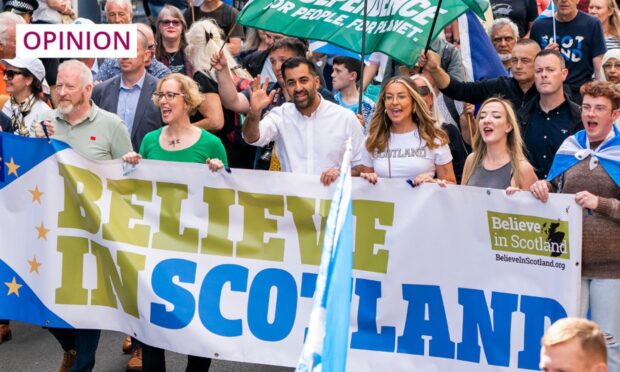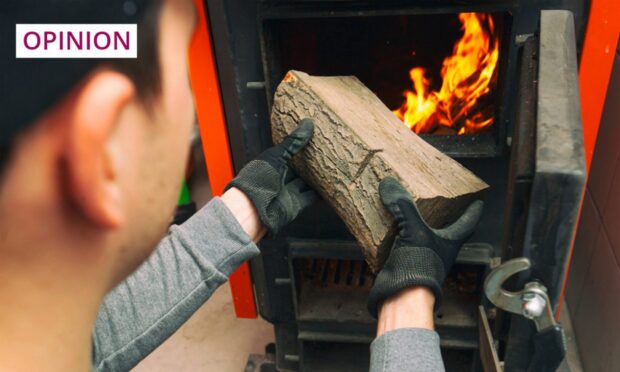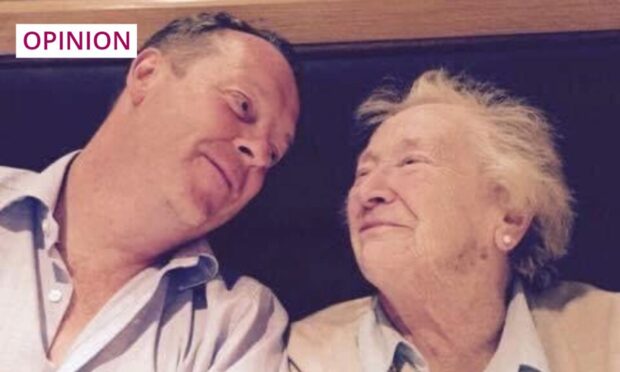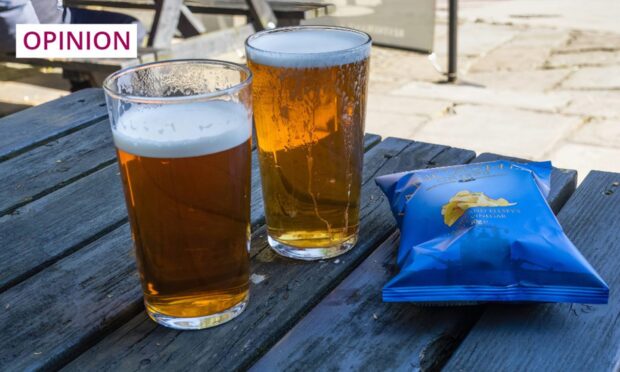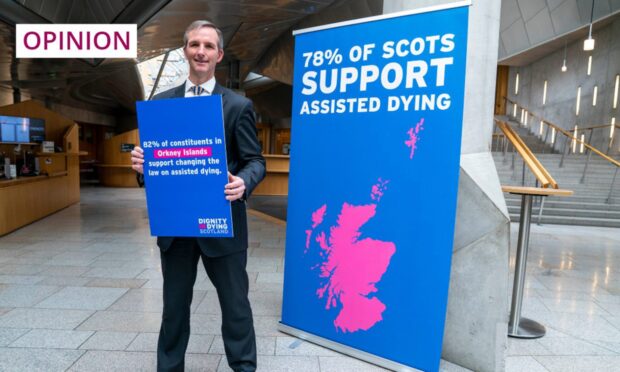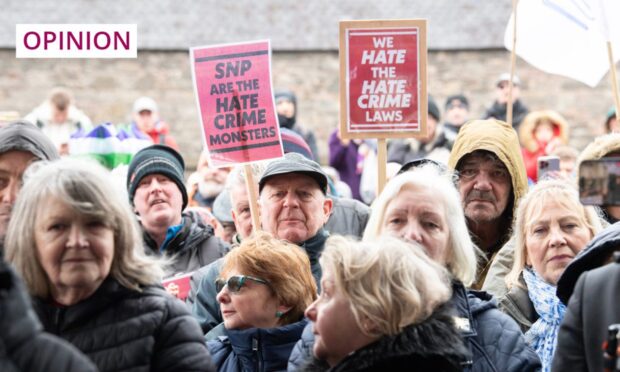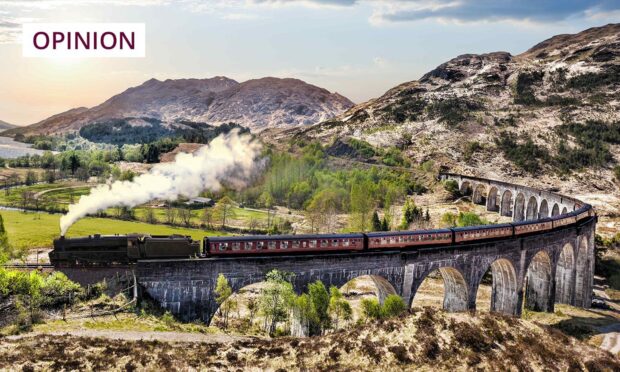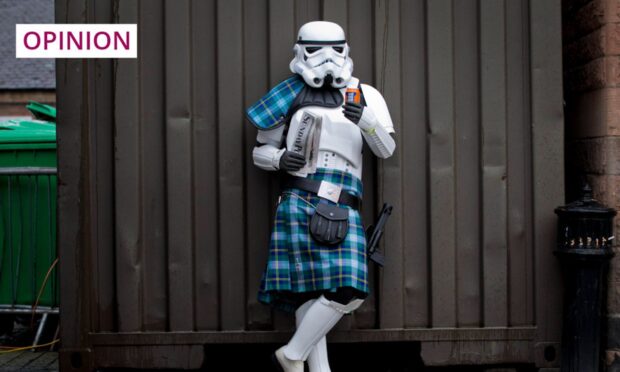With this week’s Budget announcement, many are looking at what this means for Scotland, and the north-east in particular. Erin Davis, Tax Director at Johnston Carmichael, breaks down why it could be good news for the area.
When Rishi Sunak unveiled the Budget, he had a delicate balance to strike between raising vital funds to re-pay the peacetime record of borrowing from the Covid-19 pandemic, while offering critical lifelines necessary to kick-start the economy.
Green initiatives were inevitably going to play a key role in the Chancellor’s statement, but with the north-east so heavily reliant on the oil and gas industry, what does this mean for the region?
Most notably for Scotland, and Aberdeen in particular, was the announcement of a Net-Zero Innovation Fund totalling £1 billion to transition Scotland from oil and gas to more green energy sources. As part of this fund, £27m will be dedicated to the Aberdeen Energy Transition Zone while £5m will support the development of a Global Underwater Hub, which marks the first stage in delivering the North Sea Transition Deal.
With a considerable decline in employment figures in the last 12 months, this investment delivers a significant lifeline to the north-east. While job creation figures should emerge in the long-term, for now, this deal will help to offset job losses and encourage greater transition of skills as we move from an oil and gas hub to a leader in green energy.
One topic which was notably absent from Mr Sunak’s budget was an increase in Capital Gains Tax rates. Ahead of the announcement, it was hotly anticipated that we would see a significant rise as an obvious option to support a post-pandemic recovery. However, the Chancellor placed focus on Corporation Tax instead. A reform of capital taxes is still likely to be on the government’s agenda in the near future.
Businesses were always going bear the brunt of tax increases, so it was no surprise that Corporation Tax was raised from 19% to 25% from April 2023 for companies with profits of £250,000 or more. The deferral is a small boost as it will allow businesses to continue spending on capital investment and obtain a substantial tax ‘super deduction’ over the next two years. This will be particularly beneficial for companies operating in the offshore wind and oil and gas sector where there is greater up-front capital expenditure.
By offering a deduction now, and allowing businesses to carry it back to gain immediate tax refunds, many companies will be keen to reap the rewards of this offer. However, from a tax efficiency perspective it is actually more prudent to continue carrying forward losses and offset these costs against future profits taxed at 25%.
The introduction of a wide-ranging review of R&D relief is also welcome, especially if it is extended to capital expenditure on specialist R&D equipment or rental payments to hire essential R&D facilities.
The announcement that the furlough scheme is to be extended to September 2021 rather than the anticipated June 2021, trailed before Wednesday, was somewhat contradictory. With the vaccine roll-out ramping up and lockdown restrictions set to ease, the end is in sight isn’t it?
Unfortunately, while we hope to see the UK return to some form of normality by summer, the wider economy will not bounce back as quick. The furlough extension highlights the slow recovery expected, particularly for sectors such as retail, leisure and hospitality which have been hardest hit by the pandemic.
The location of eight regional freeports were also detailed in the Budget. While all are currently located in England, in January the Scottish Government announced a U-turn with plans to introduce a Scottish version called ‘Green Ports’.
The details of this scheme have not yet been released but we anticipate the model will adapt the UK Government’s proposal, offering a package of tax and customs reliefs. With Scotland’s ports playing a significant role in the transition from oil and gas to green energy, this could be a welcome boost to businesses in the North-East.
Significant funding was announced to support work placement and apprenticeships with £126m provided to triple the number of traineeships. While this is specific to England, we hope to see similar investment in Scotland to support the transfer of skills from oil and gas to renewables as we continue the journey to net zero.
As we slowly enter a new post-pandemic version of normal, the budget has offered a lifeline to the north-east, and wider UK, as we recover from the last 12 months and drive towards a greener future.
For more information, visit the Johnston Carmichael website.

